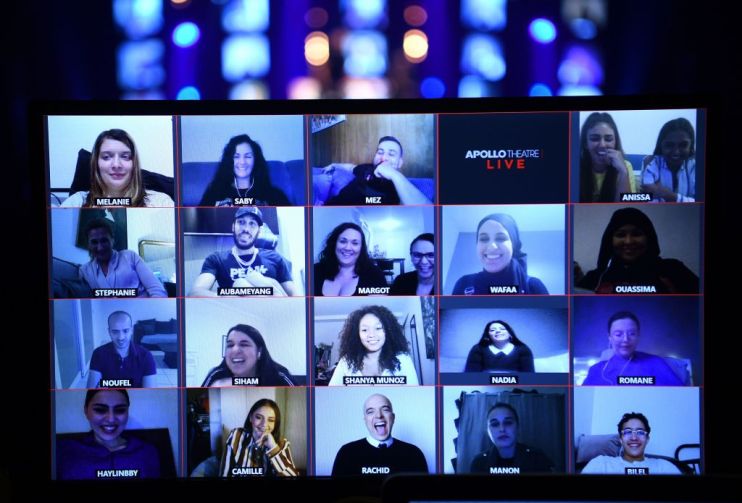Zoom has stolen a march on its rivals during the pandemic – here’s why

Six months ago when most people did no more than toy with video conferencing platforms, it would have been hard to pick a winner from the available options. But now the market is dominated by one name: Zoom.
Zoom’s business has grown 355 per cent year on year, topping even the most ambitious analyst estimates. In comparison, established workplace messaging app Slack is facing a sharp revenue slowdown, with growth falling to 32 per cent, compared to 49 per cent the previous quarter.
So, what has Zoom done to get so far out in front?
The onset of lockdown forced an instant shift in business interaction. The need to meet co-workers and clients, to interact with individuals and teams, to remain visually connected, was urgent.
There was no time for rounds of management reviews and lengthy evaluation processes of office networking tools. There was no time for trials, for training courses, or for trouble-shooting. To stay operational you had to jump on calls on a platform – either you chose fast or you took the one you were offered.
The normal slow, cautious business behaviour in relation to new technologies had to be thrown aside, along with the whole host of other established norms that COVID-19 destroyed. In big-picture life terms, trying out a new video-calling platform was not the biggest thing on most people’s plate – if anything it was one of the few more positively interesting choices at the time.
And Zoom was the instant choice. Its very name did much of the work there, implying a fast choice for a fast-changed world; a dynamic and exciting technology; an almost superhero-esque speed and a sense of comic-book fun.
It conveyed an everyman quality that made feel accessible to users of all demographics. And it makes for a great verb: “I can Zoom you”.
Slack, however, has always felt like a specialist or niche workplace brand – its own name suggesting a kind of laid-back, laconic ideal that might suit a start-up surf brand rather more than the kind of company most people work for. If I offer “to slack you” it sounds like something of a threat.
From those first few seconds of instinctive, emotional reaction to a mere name, so can billion-dollar fortunes be made. Once the first few Zoom calls are made, once the app is downloaded to the desktops, the personal meeting IDs are registered, the UI and UX are familiar, then inertia sets in.
Just as banks and telcos know, once they have won the customer the churn is low. Even serious questions over Zoom’s security that emerged after its early adoption have failed to significantly dent its growth.
If there is a lesson to be learned from this, it is that the pathway to building a successful brand is both inexorably hard and remarkably simple. No one predicted the pandemic nor could have planned for it.
No amount of research into audience attitude and behaviours could have prepared the video-conferencing companies for inevitable victory in the rush to adoption that was to come.
Yet Zoom named a business really well for the unimagined scenario and Slack did not.
That is why every decision you make about your brand is so important, even if you don’t know why right now.
Jim Prior is global CEO of WPP brand agency Superunion.